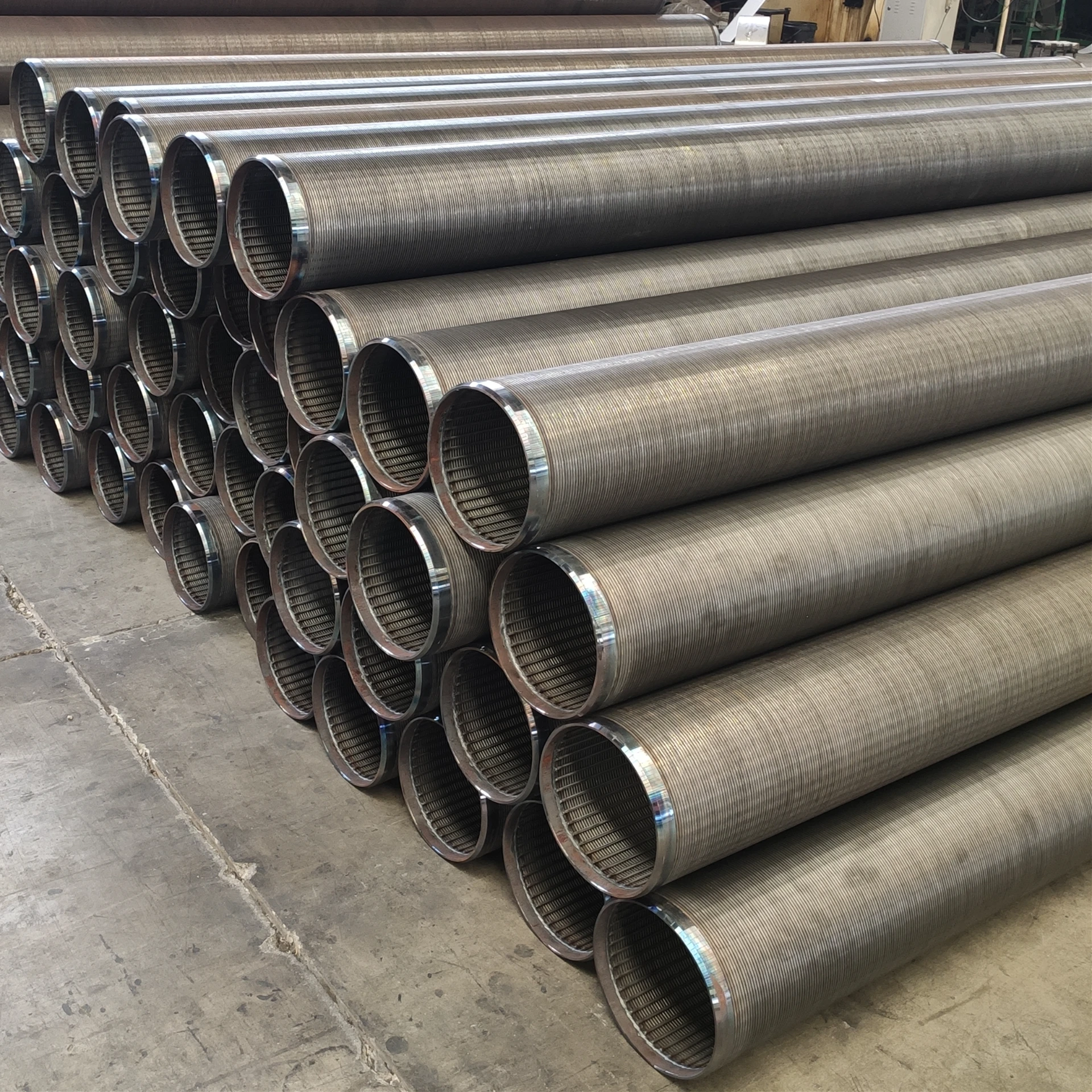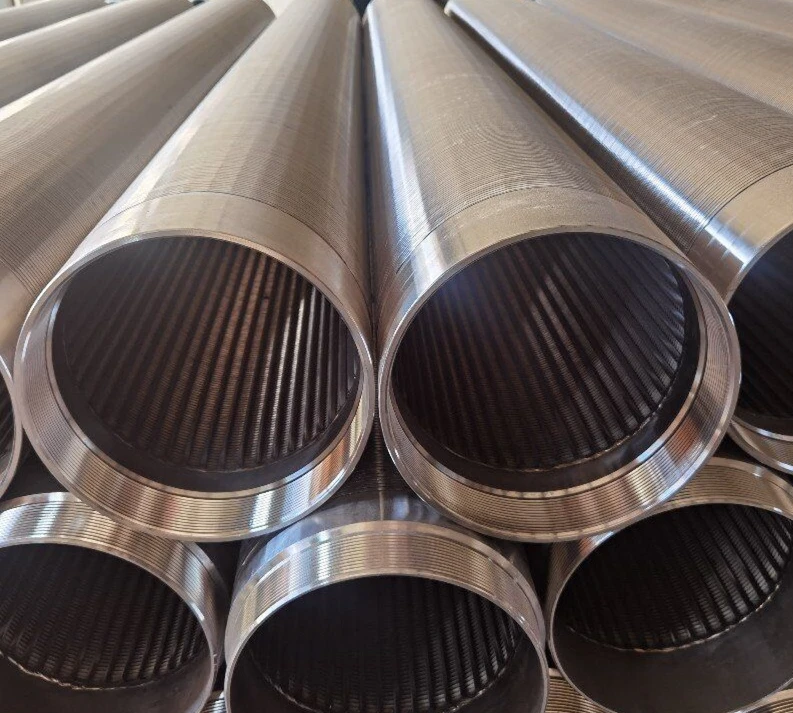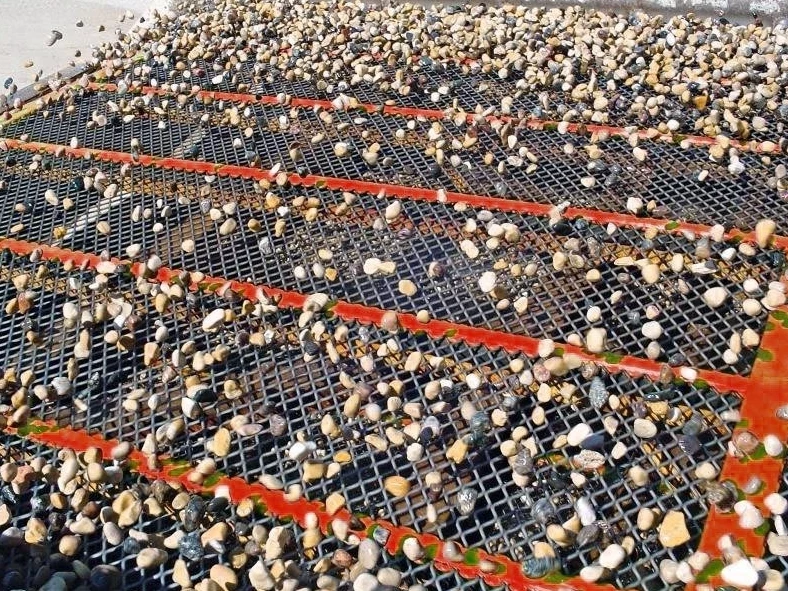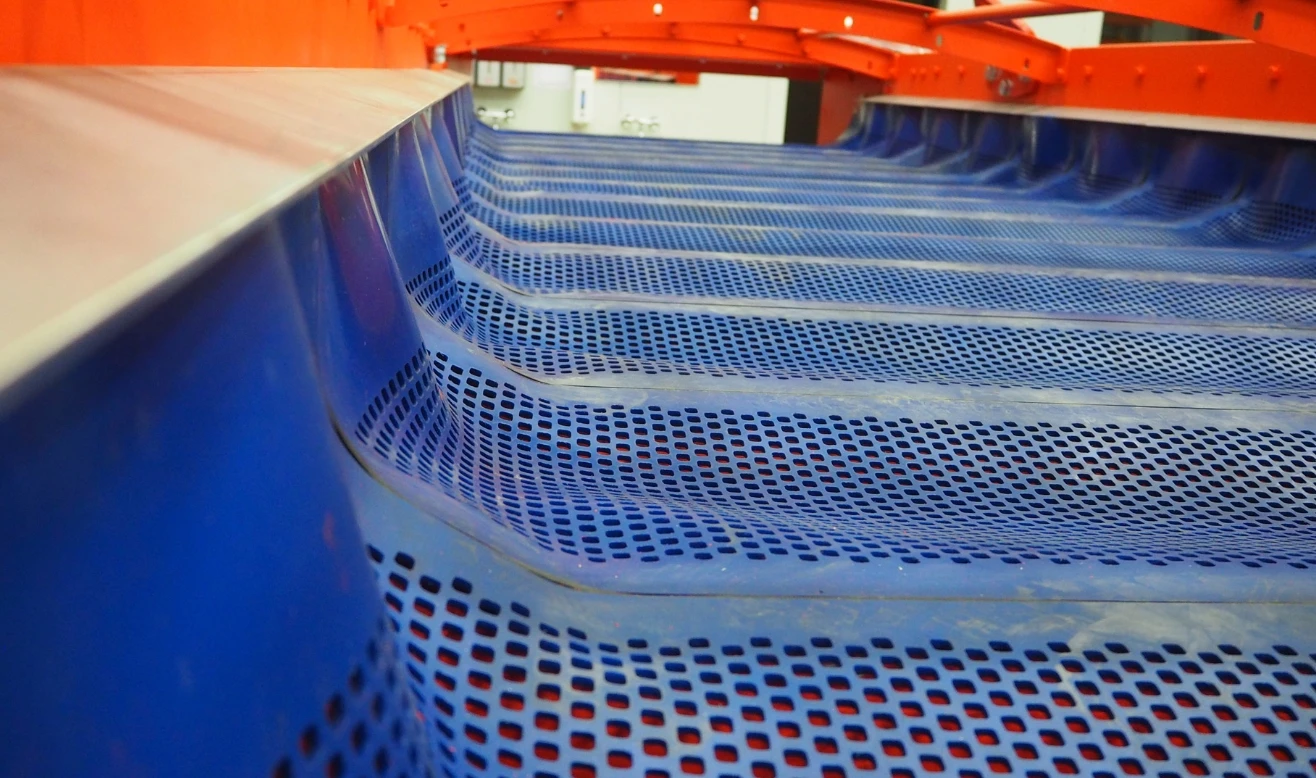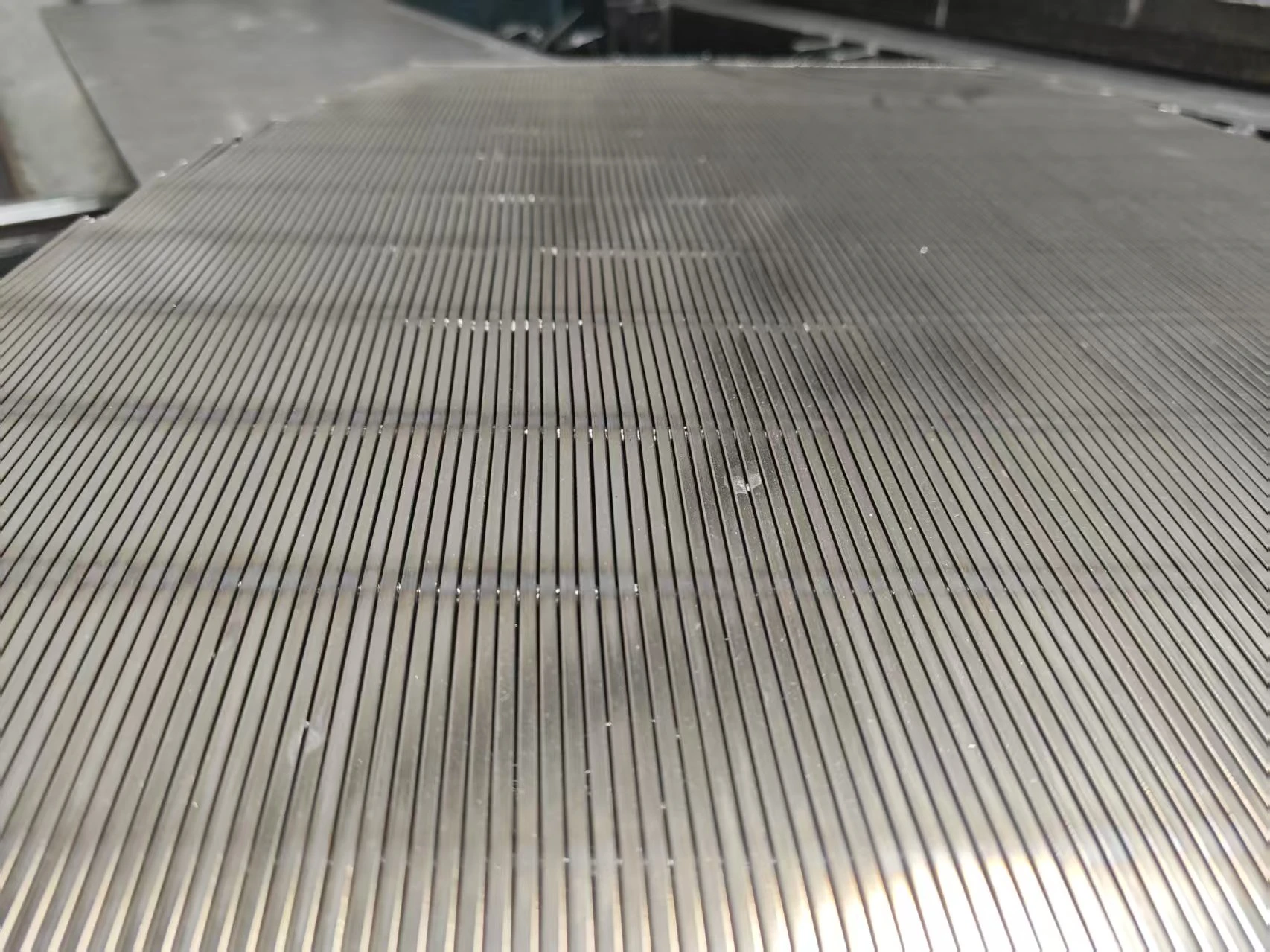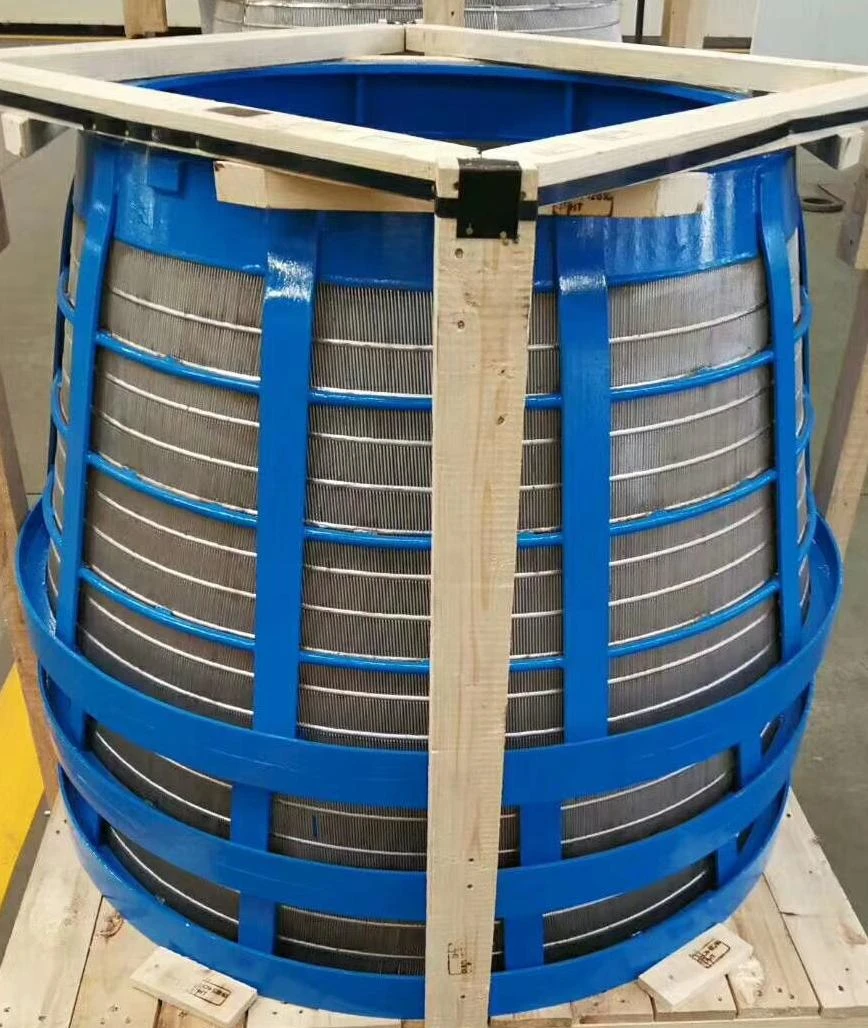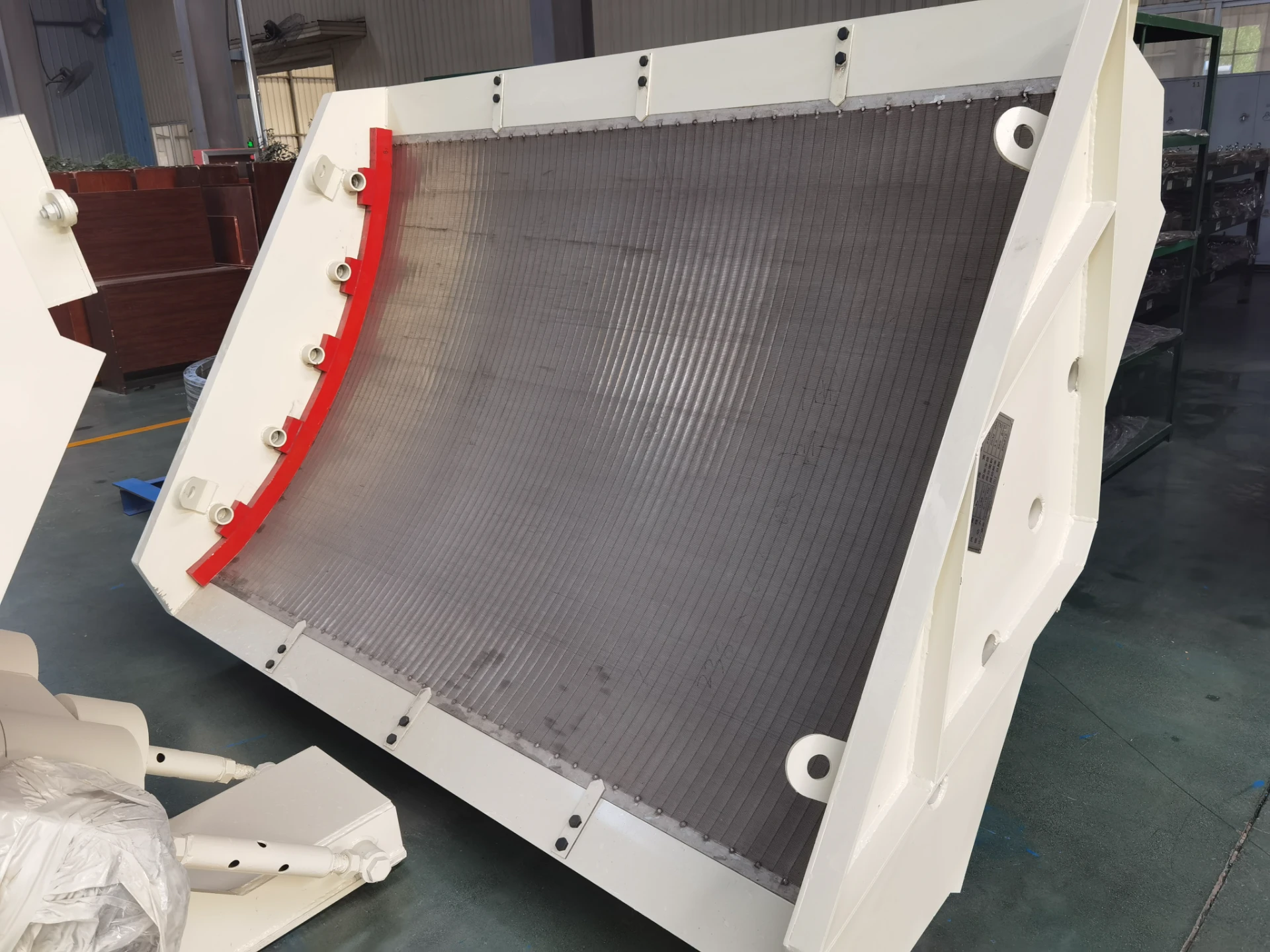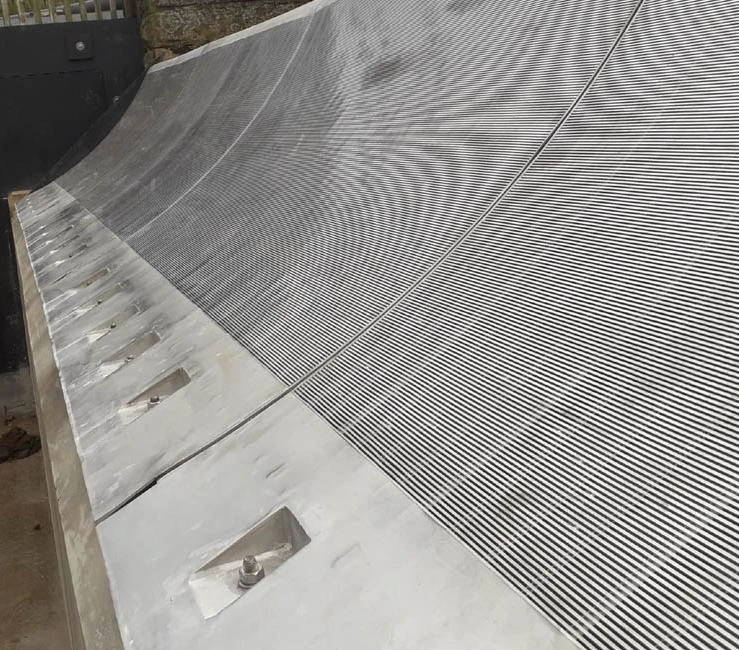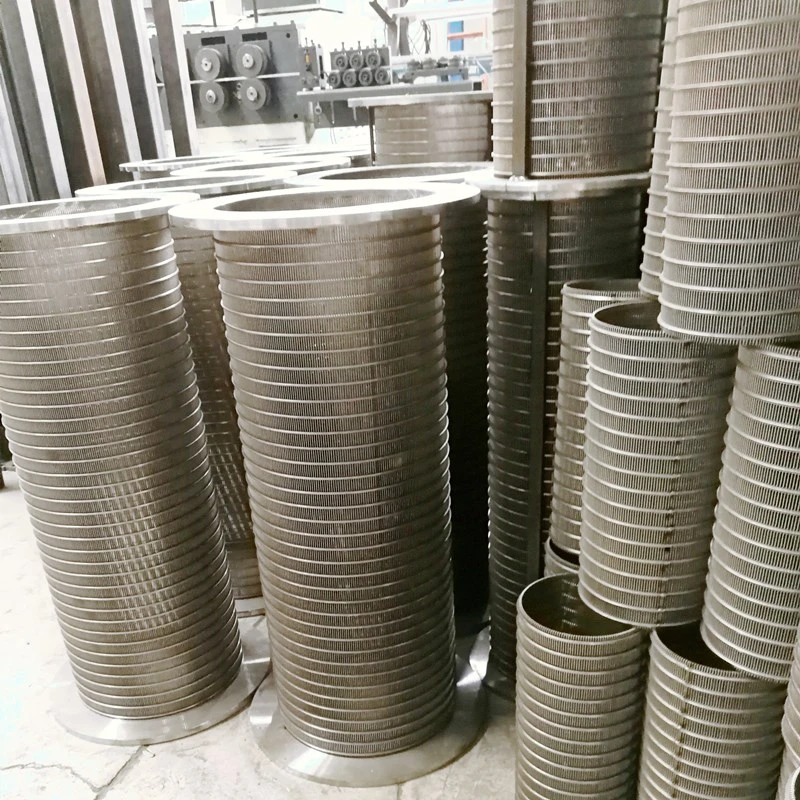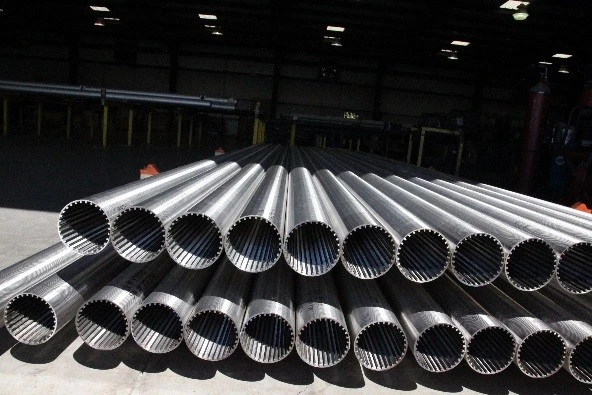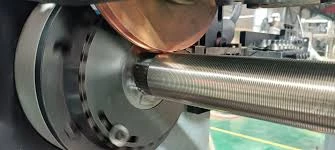- Fundamentals of Rotary Drum Technology and Market Impact
- Operational Mechanics: How Rotary Drum Screens Function
- Technical Superiority in Separation Processes
- Manufacturer Landscape Analysis
- Engineering Custom Design Solutions
- Industry-Specific Application Scenarios
- Evolution and Future Engineering Trends
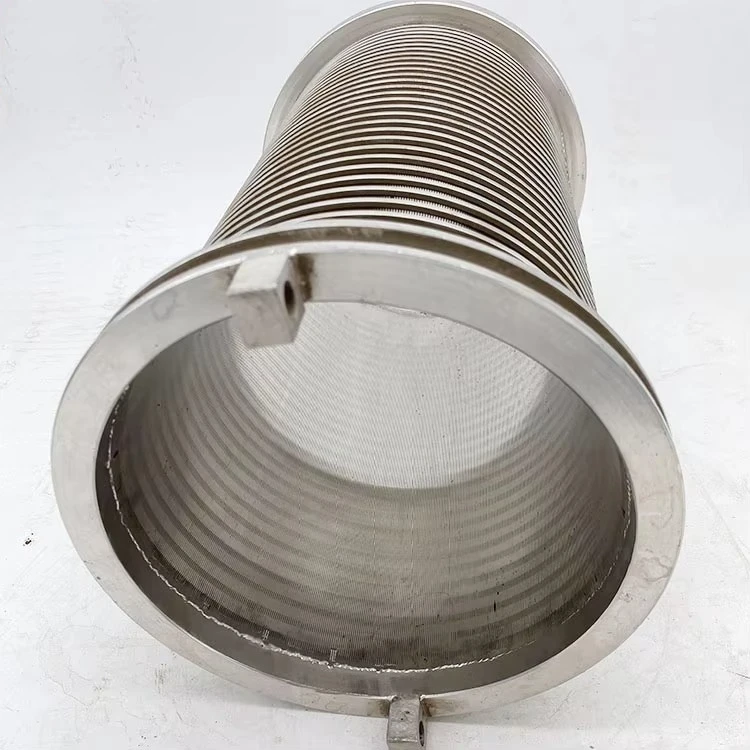
(rotary drum)
Rotary Drum Screening: Fundamentals and Market Impact
Rotary drum technology represents a paradigm shift in bulk material processing, with the global market projected to reach $3.2 billion by 2028 according to industry analysts. These cylindrical separation systems leverage centrifugal forces achieving 95-99% filtration efficiency, significantly outperforming static screens. Municipal wastewater plants report 40-60% reduction in downstream processing costs after installation. Key industries driving adoption include:
- Mining & Mineral Processing (28% market share)
- Municipal Wastewater Treatment (34% market share)
- Biomass & Renewable Energy (fastest growing at 12% CAGR)
Manufacturers are responding to stricter environmental regulations like EPA 40 CFR Part 503 by developing units capable of processing 100-2,000 tons/hour while reducing water consumption by 30-50% compared to linear screens.
Operational Mechanics: How Screening Systems Function
The separation mechanism hinges on a precisely angled drum rotating at 5-25 RPM, creating a tumbling cascade effect. Feed material enters the intake hopper where internal lifters elevate solids against gravity. As rotation continues, undersized particles fall through wedge wire or perforated screen panels while oversized components migrate toward the discharge end. This continuous material flow prevents blinding with typical operational parameters including:
| Drum Diameter | G-Force Applied | Retention Time | Max Moisture Reduction |
|---|---|---|---|
| 1.5m | 2-3G | 30-90 seconds | 40% |
| 3.0m | 4-5G | 90-150 seconds | 52% |
Optimized internal flight designs maximize surface contact while variable frequency drives allow operators to adjust retention time based on feedstock characteristics without mechanical modifications.
Technical Advantages in Modern Separation Systems
Performance metrics demonstrate clear superiority over vibratory and static screening alternatives. Comparative testing shows rotary drum
units operate at 85-90% uptime versus 72% for vibrating screens in identical mineral processing applications. Key design innovations include:
- Modular screen panels enabling rapid aperture changes (15-20 minute replacement)
- Reverse-flow water jets achieving 97% self-cleaning efficiency
- Ceramic-coated lifters reducing wear by 70% in abrasive applications
Energy consumption data reveals 0.5-1.2 kWh/ton processed—30-45% lower than alternative technologies—while achieving finer separations down to 45-micron particle sizes in mineral concentrate applications.
Comparing Rotary Drum Screen Manufacturers
| Manufacturer | Patented Technology | Max Capacity | Warranty Period | Material Options |
|---|---|---|---|---|
| JX Filtration | Multi-Stage Lifters | 1,800 tons/hour | 3 years | SS316, AR400, Ceramic |
| Techneau Systems | Zero-Gap Screening | 950 tons/hour | 5 years | Hastelloy, Polymer |
| Wemco Torqflow | Dual-Drum Configuration | 2,400 tons/hour | 2 years | SS304, Abrasion Plate |
Market leaders differentiate through material engineering, with hardened steel alloys extending component life by 300% in mining applications. Advanced manufacturers offer predictive maintenance integration using IoT vibration sensors detecting bearing anomalies 500+ operating hours before failure.
Custom Rotary Drum Screen Design Solutions
Specialized configurations address unique material challenges: agricultural processors deploy 45-degree drums with 5mm perforations for grain separation, while hazardous waste facilities utilize corrosion-resistant alloys. Essential engineering parameters include:
- Drum slope optimization (2-8 degrees for different separation efficiencies)
- Perforation patterns accounting for particle shape anisotropy
- Drive systems ranging from chain to direct-geared transmission
Municipal sludge dewatering projects benefit from trunnion-mounted designs reducing structural load by 40%, while mining operations employ modular bolted assemblies allowing field modifications in remote locations without specialized equipment. Case studies demonstrate how customized filtration velocities between 0.2-1.5 m/s optimize separation for materials ranging from sewage grit to crushed ore.
Application Cases Across Industrial Sectors
Concrete recycling facilities report 92% material recovery using 10mm aperture drums with ceramic wear components processing 120 tons/hour of demolition waste. In wastewater treatment, rotating drum screens capture 95% of solids >1.5mm while discharging effluent with <10 mg/L TSS. Critical performance data includes:
- Pulp/paper mills: 75% reduction in screen plugging versus bar screens
- Food processing plants: 50°C thermal washing achieving 99.9% bacterial reduction
- Biofuel production: 12% higher cellulose recovery versus disc filters
Notably, Canadian potash mines achieved 23% energy savings using variable-torque hydraulic drives that reduce motor load during low-feed conditions without compromising separation thresholds.
The Future of Rotary Drum Screen Engineering
Leading manufacturers are developing AI-powered material flow control systems that automatically adjust drum rotation and feed rates based on real-time particle analysis. Hybrid designs incorporating ultrasonic vibration promise to handle challenging materials like sticky plastic flakes that traditionally cause operational issues. Sustainability advances include:
- Renewable-powered units reducing grid dependency by 90%
- Self-repairing nano-coatings extending service intervals 4-fold
- Closed-loop water systems with integrated biological treatment
Ongoing research focuses on superconducting magnetic separation integration for mineral applications, while modular plants enable deployment in remote mining locations without infrastructure—solidifying rotary drum technology's position as the separation standard for decades ahead.
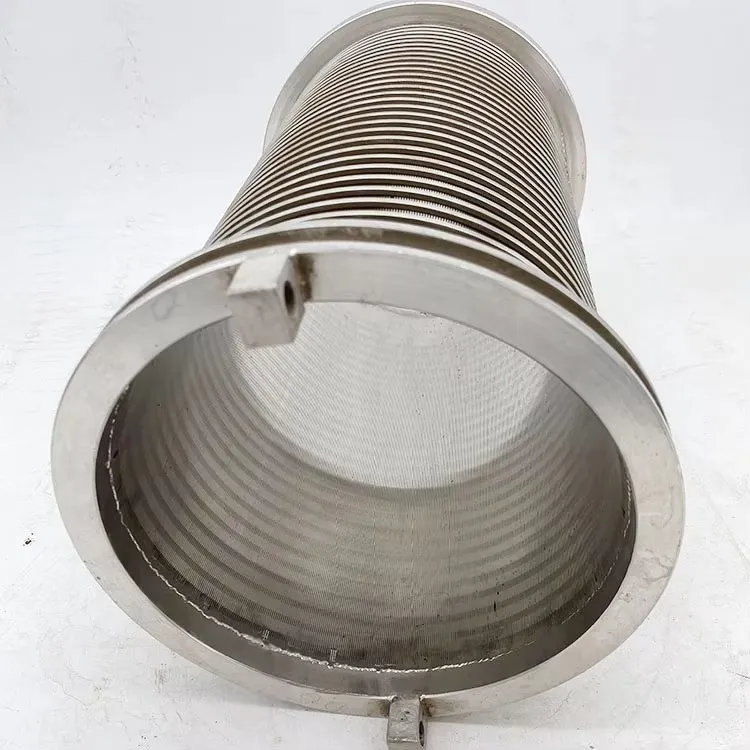
(rotary drum)

